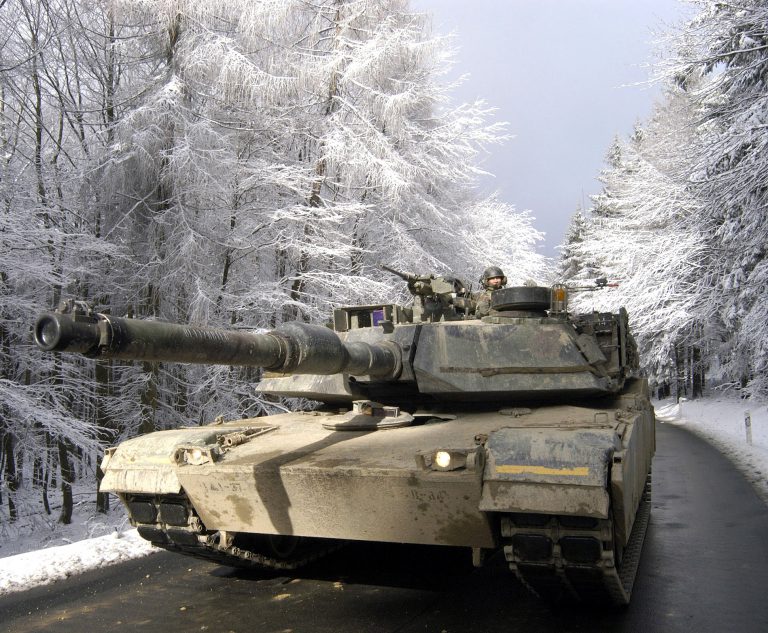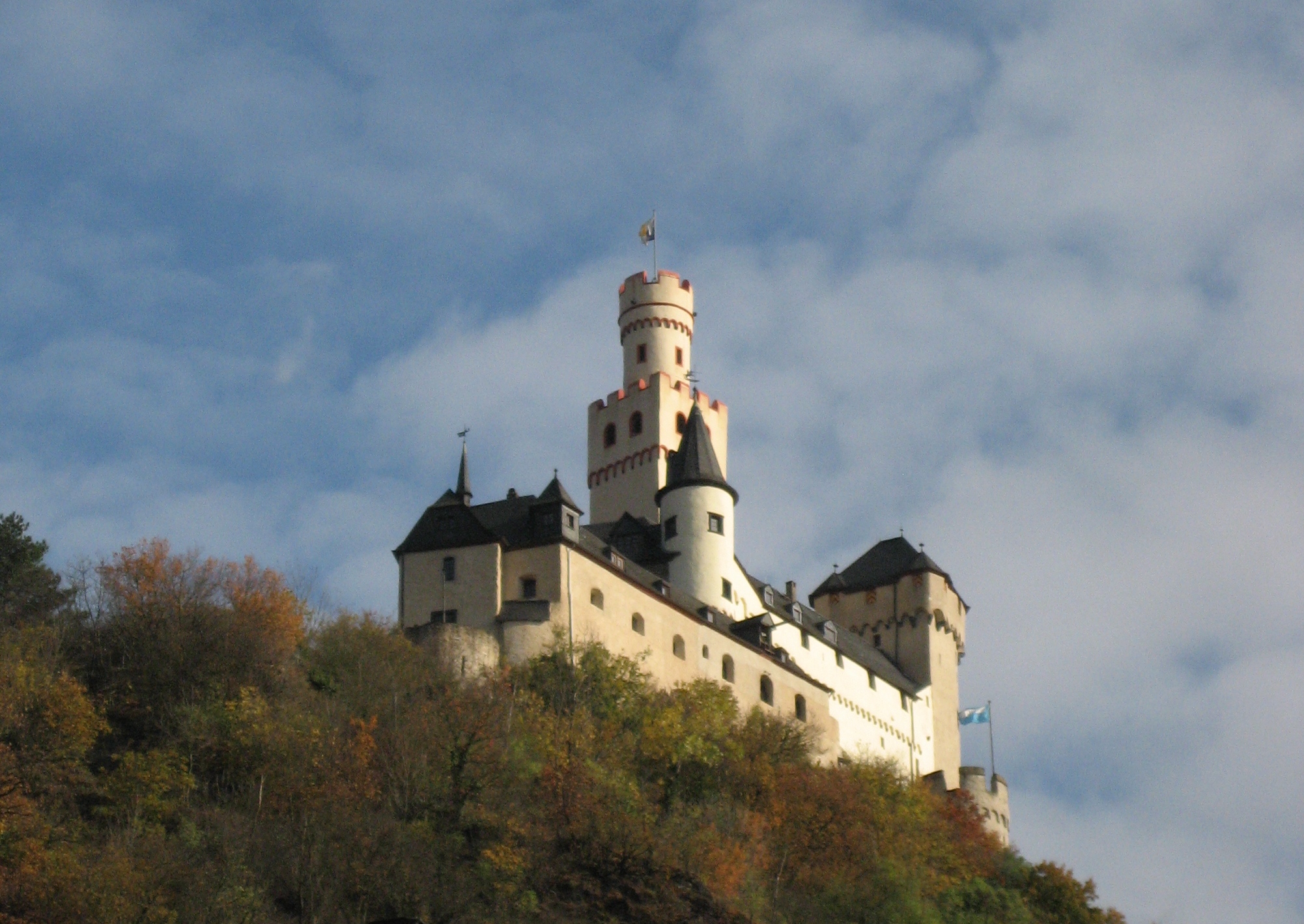A tank is an armoured fighting vehicle designed for front-line combat, with heavy firepower, strong armour, tracks and a powerful engine providing good battlefield maneuverability. The first tanks were designed to overcome the deadlock of trench warfare in the 1910s; they are a mainstay of modern ground forces and a key part of combined arms combat. Modern tanks are versatile mobile land weapon system platforms, mounting a large-calibre cannon in a rotating gun turret, supplemented by mounted machine guns or other weapons. They combine this with heavy vehicle armour which provides protection for the crew, the vehicle’s weapons, and its propulsion systems, and operational mobility, due to its use of tracks rather than wheels, which allows the tank to move over rugged terrain and adverse conditions such as mud, and be positioned on the battlefield in advantageous locations. These features enable the tank to perform well in a variety of intense combat situations, simultaneously both offensively with fire from their powerful tank gun, and defensively due to their near invulnerability from common firearms and good resistance from heavier weapons, all while maintaining the mobility needed to exploit changing tactical situations.[1] Fully integrating tanks into modern military forces spawned a new era of combat, armoured warfare.
Sorry, I meant, “armored.”
There are classes of tanks, some being larger and very heavily armored with high caliber guns, while others are smaller lightly armored and a small caliber and light gun. These smaller tanks move over terrain with speed and agility and can perform a reconnaissance role in addition to engaging enemy targets. The smaller faster tank would not normally engage in battle with a larger, heavily armored tank.
The modern tank was the result of a century of development from the first primitive armoured vehicles, due to improvements in technology such as the internal combustion engine, which allowed the rapid movement of heavy armoured vehicles. As a result of these advances, tanks underwent tremendous shifts in capability in the years since their first appearance. Tanks in World War I were developed separately and simultaneously by Great Britain and France as a means to break the deadlock of trench warfare on the Western Front. The first British prototype, nicknamed Little Willie, was constructed at William Foster & Co. in Lincoln, England in 1915, with leading roles played by Major Walter Gordon Wilson who designed the gearbox and hull, and by William Tritton of William Foster and Co., who designed the track plates.[2] This was a prototype of a new design that would become the British Army’s Mark I tank, the first tank used in combat in September 1916 during the Battle of the Somme.[2] The name “tank” was adopted by the British during the early stages of their development, as a security measure to conceal their purpose (see etymology). While the British and French built thousands of tanks in World War I, Germany was unconvinced of the tank’s potential, and built only twenty.




